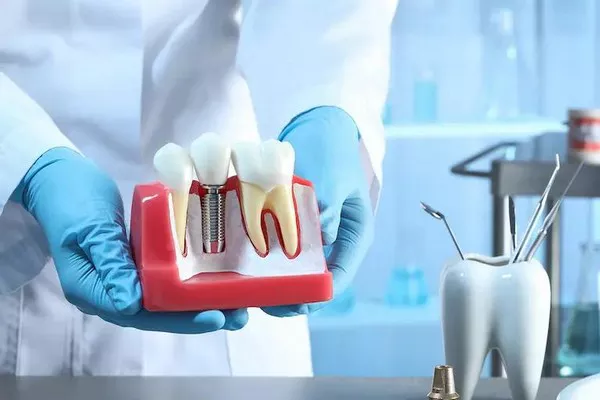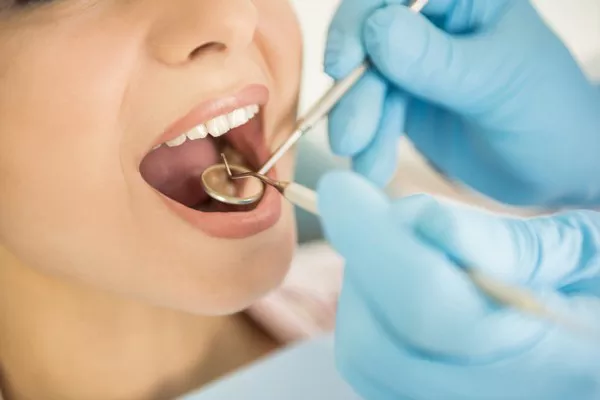Periodontal disease, also known as gum disease, is a common condition that affects the gums and supporting tissues around the teeth. Catching periodontal disease early is crucial for preventing further damage and restoring oral health. Here are some of the early warning signs of periodontal disease:
Bleeding gums
Healthy gums should not bleed when you brush or floss your teeth. If you notice bleeding when brushing or flossing, it could be a sign of gingivitis, an early stage of periodontal disease.
Swollen or red gums
Inflammation is a hallmark of periodontal disease. If your gums look swollen or red, it could be a sign that the tissues are inflamed and irritated.
Bad breath
Bad breath, or halitosis, is a common symptom of periodontal disease. The odor is caused by the bacteria that are present in the gums and pockets between the teeth.
Receding gums
As periodontal disease progresses, the gums may start to pull away from the teeth, creating gaps or pockets. This can cause the teeth to look longer than usual, and it can also expose the roots of the teeth, making them more sensitive.
Loose teeth
As periodontal disease advances, it can cause the supporting tissues and bone around the teeth to break down. This can cause the teeth to become loose or even fall out.
Changes in bite or alignment
If you notice changes in your bite or the alignment of your teeth, it could be a sign of advanced periodontal disease. The shifting of teeth can occur due to the loss of bone and support structures around the teeth.
In conclusion, early detection of periodontal disease is crucial for preventing further damage and restoring oral health. If you notice any of these warning signs, it’s essential to see your dentist or periodontist for an evaluation and treatment. With proper care, including good oral hygiene habits and regular dental checkups, you can help prevent periodontal disease and maintain healthy gums and teeth.
































